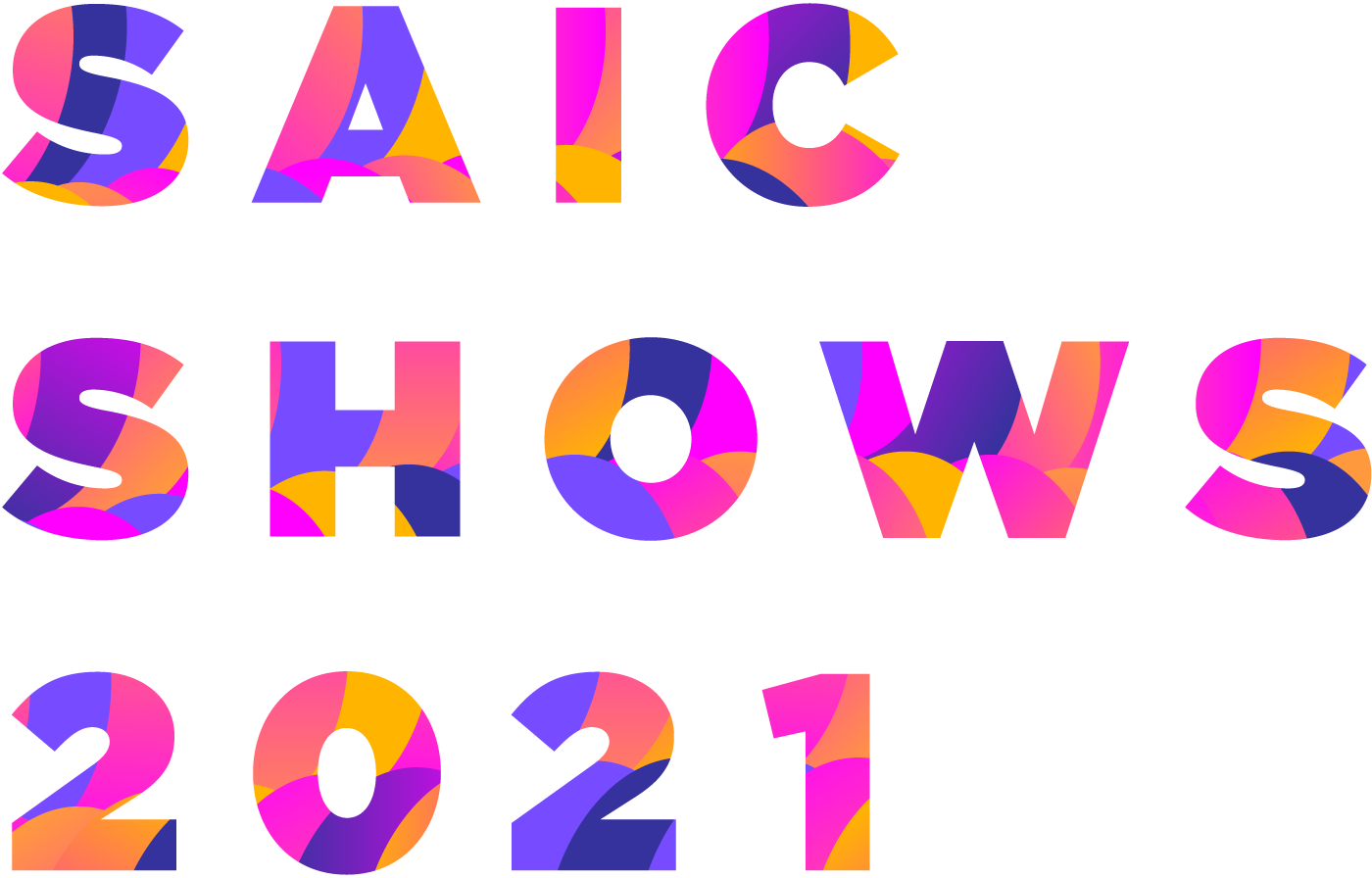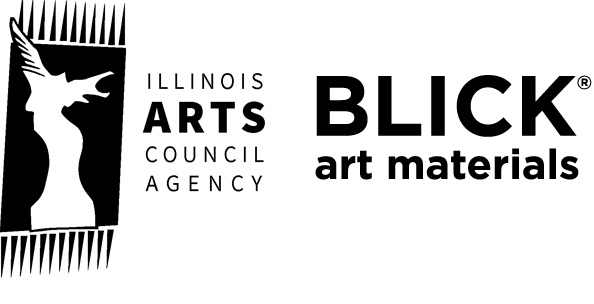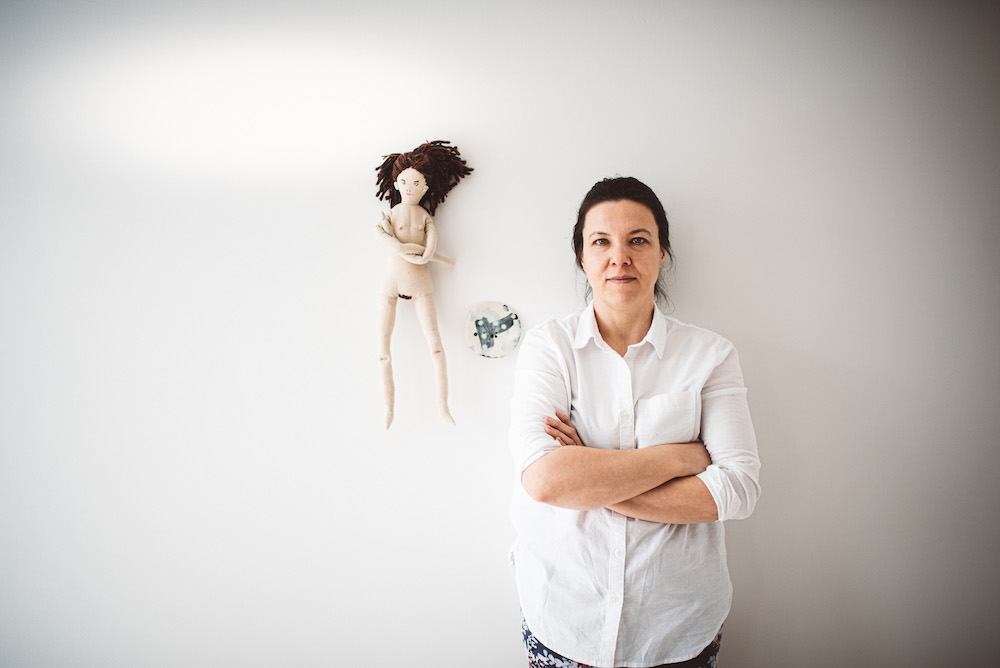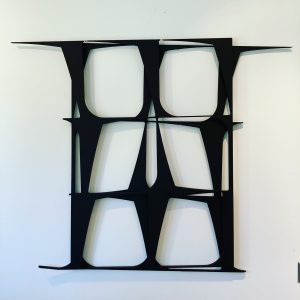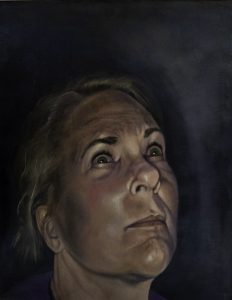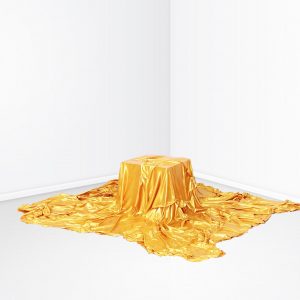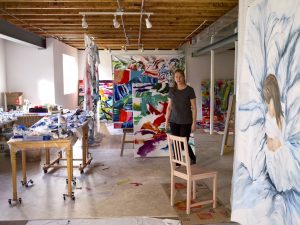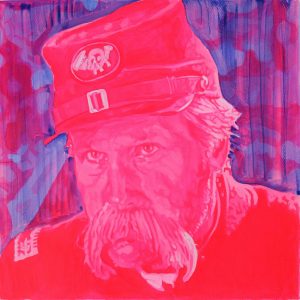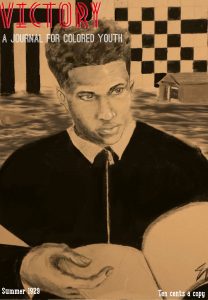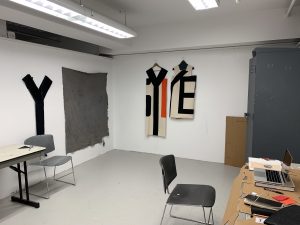I have no word, a dumb mouth. My hands, like those of Geppetto, formed my language. Wood, glass, fiber, earth, color, and shapes are malleable to me. I allow myself a powerful and silent presence. It transmits my reefs in a spring dew in the intimate partition of the pulpits.
My theater experience guided me to approach truth with a precise point of view. That is when I realized that the truth resides in the gap between being and appearing. From then on, my quest as an artist has become to illustrate it.
My practice is rooted in both craft and theory and my material choices come from a place of ideology and physicality. I believe that this combination with psychology stems from discovering that, I had created a character for myself, instead of simply being. Eventually, I had to find for myself what the truth was, where it resided. Scenography was gateway to start this process.
With so large an objective, and ravenous curiosity, the results of my methodology, cannot be limited to one medium, my true passion lives in plurality, so my art is as varied as moving from installations to programming.
For me, the creation process begins with a dissociation of the parts of whatever subject or material I am working on—pieces becoming independent from the whole. Reverse engineering, that is the genesis of my methodology. I channel traumas, using juxtaposition, repetition, and transparency to activate difficult emotions, and then transfigure them into objects. I work with the material, its meaning, its history and its nature. I discover links between the material and an aspect of my own life.
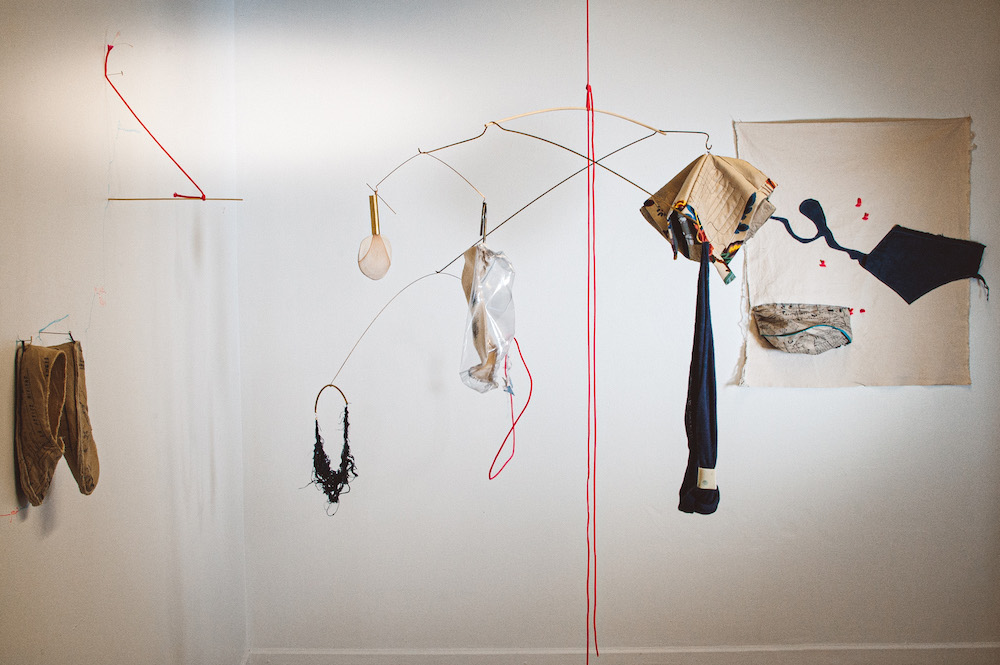 Giving context to fragments, 2019, Chalk markers on wall, sewed piece of art from in situ found material, ceramic, 96 X 126 X 246 in., photo by Jennifer Marcuson
Giving context to fragments, 2019, Chalk markers on wall, sewed piece of art from in situ found material, ceramic, 96 X 126 X 246 in., photo by Jennifer MarcusonThis is from materials and information found in my surroundings, the installation progressed during my meetings. The names of visitors and objects created were added on the walls united by this temporal and gestural line around my artwork. Some of those pieces are now dispersed in peers’ houses, inspired by Julie Ault’s exhibitions. These precious fragments connect us to a period that is now veiled by the passage of time. Together these various pieces of information spark what archaeologists call “the archaeological imagination,” a process of seeing the long-hidden past.
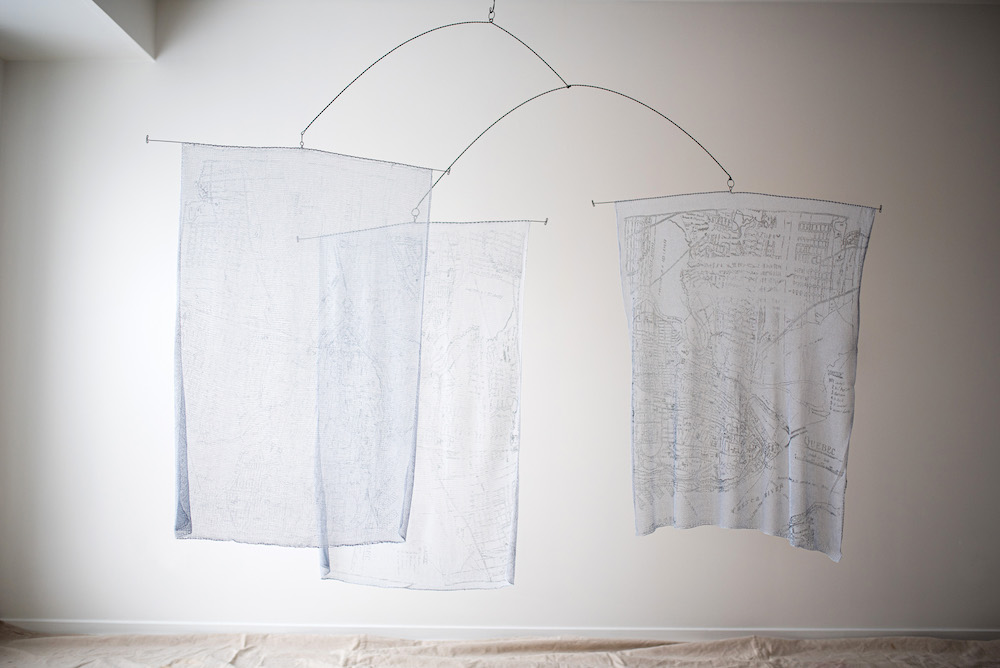 Pauline Julien, 2020, Screen printed on Machine Knitted Recycled Fiber and wire, 50 X 70 X 35 in., photo by Jennifer Marcuson
Pauline Julien, 2020, Screen printed on Machine Knitted Recycled Fiber and wire, 50 X 70 X 35 in., photo by Jennifer MarcusonDuring my first summer in Chicago, I became aware of myself as a woman, white, Francophone, heterosexual and Catholic. Almost all of these elements are related to the place I was brought into the world. I chose the Foulard Hermès—a symbol of French craftsmanship—to represent my French identity. I took its dimensions to knit it, which was a symbol of poverty in the 18th century. Then, I printed this map of the beginning of the City of Québec where the inscriptions are bilingual. Finally, the song is by Pauline Julien, signer and wife of a poet and politician responsible for a law protecting the French language in the 1980s.
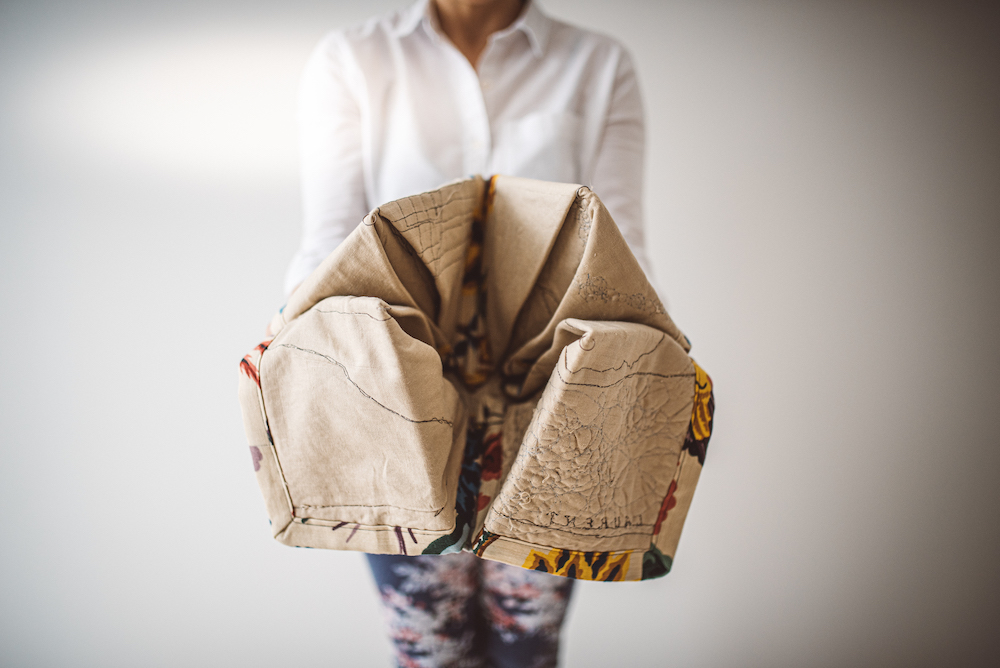 Giving context to fragments, detail, 2019, sewed piece from in situ found material, 35 X 35 in. unfolded., photo by Jennifer Marcuson
Giving context to fragments, detail, 2019, sewed piece from in situ found material, 35 X 35 in. unfolded., photo by Jennifer Marcuson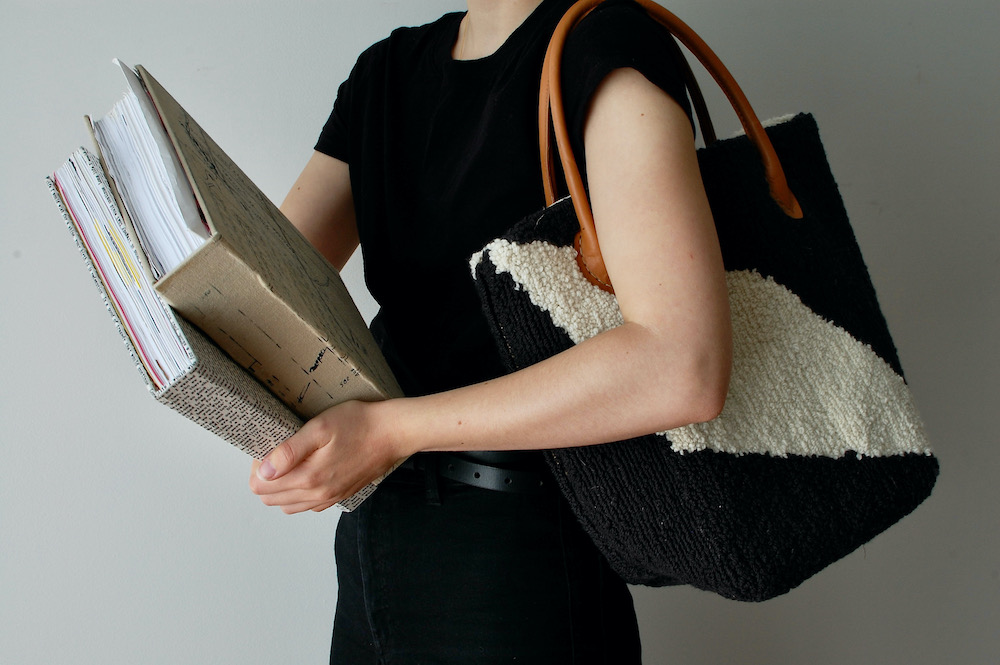 Lygia Clark, 2019, Wool hooked rug handbag with leather handles, hand bound books and inked papers, 19 X 14 X 7 in., photo by Amélie Marois
Lygia Clark, 2019, Wool hooked rug handbag with leather handles, hand bound books and inked papers, 19 X 14 X 7 in., photo by Amélie MaroisTwo hand-bound volumes filled with documents exchanged in Chicago in the summers of 2017 and 2019. These books are the chronological assembly of my travel documents, my study notes, annotated readings, pieces of paper exchanged with peers about an artist or a reading to be done, purchase receipts, and documentary photos from each of those six weeks. All of those were inserted in a handbag that I hook rugged based on a pattern called Superficie Modulada No. 2, by Lygia Clark, after my last art history class. Her career relates to the feminine history of art.
